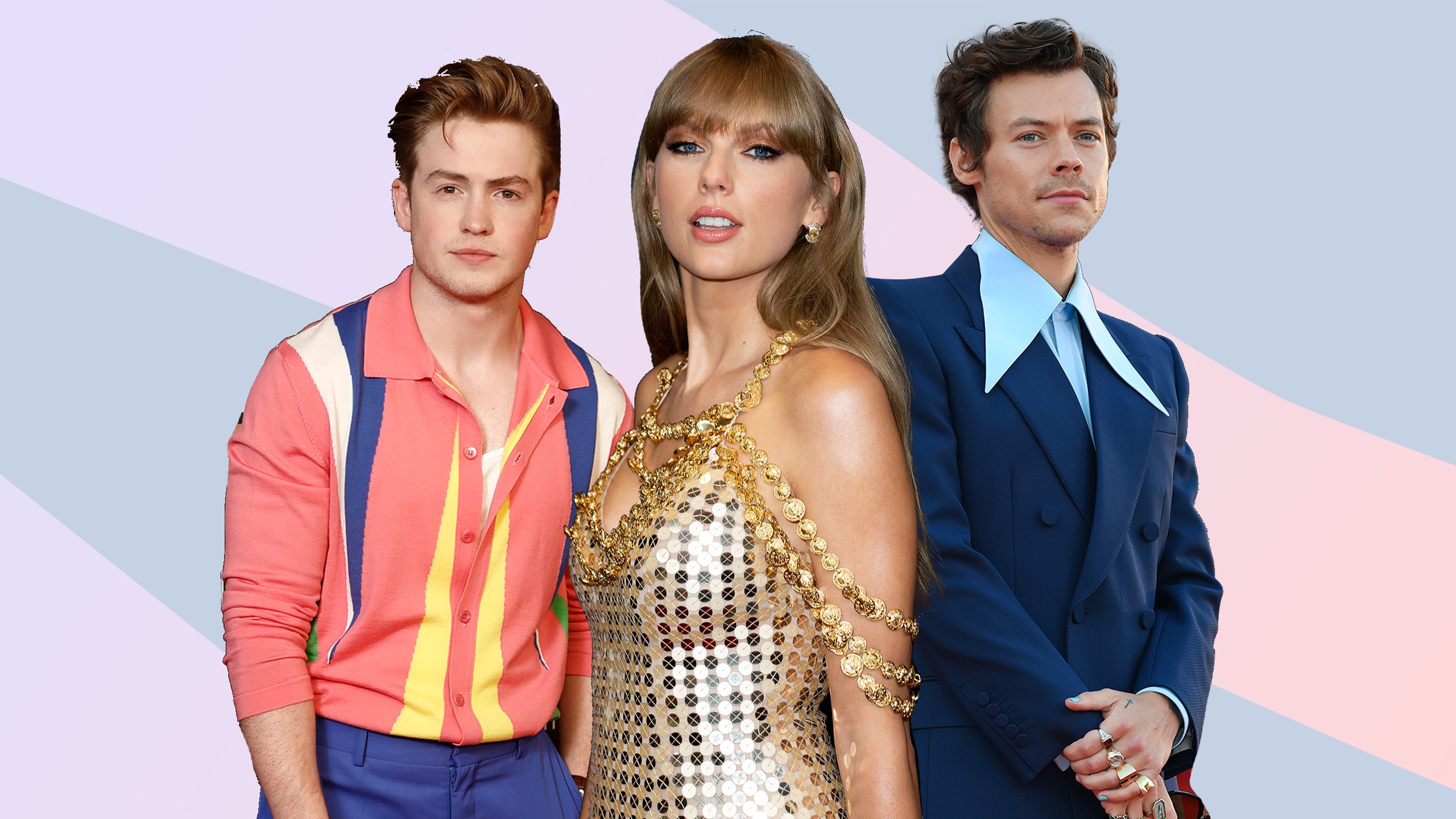Queerbaiting 101
The term of the moment is queerbaiting
Accusations of queerbaiting have been cast around various celebrities like Harry Styles, Billie Eilish, Ariana Grande, and Katy Perry. Most recently, and most controversially, actor Kit Connor has even been forced to come out as bisexual due to queerbaiting allegations. So, what actually is queerbaiting?
The term has a much longer history than we realise. It was originally used in the 1950s when referring to the incitement of hatred towards the LGBTQ+ community, at a time when the word queer in itself was still used a slur.
If you’re an internet dweller from the Tumblr trenches, you’ll likely be familiar with the current definition of queerbaiting, which took form in the 2010s. Typically, ‘queerbaiting’ means to imply a non-heterosexual attraction or relationship in order to attract the LGBTQ+ audience, without bringing the attraction or relationship to fruition.
This definition took shape as audiences took to media to see characters who they could relate to as queer. The feeling of being seen is exciting for any person in the LGBTQ+ community and unfortunately far too many television shows took this potential interest to their advantage in hopes of boosting their audience numbers.

In Riverdale’s first season trailer, a kiss can be seen between two female characters, Betty and Veronica. When the episode aired with the scene, it was actually a stunt in order to impress at a cheerleading tryout. In Teen Wolf, two male characters Stiles and Derek were put in scenes which could easily be read as flirting if the two characters were of the opposite gender, with Stiles’s character even hinting at being bisexual at times. After six seasons though, fans of the Sterek ship were never given what they wanted.
However, when we did see ourselves represented properly, these moments were relished. Grey’s Anatomy’s Dr Callie Torres and Brooklyn 99’s Rosa Diaz quickly became bisexual icons. Schitt’s Creek gave us much-needed pansexual representation in David Rose. Pose introduced a new generation to the New York City ballroom scene of the 80s and 90s as well as a cast of queer characters of colour who came with real nuance.
As we have progressed as a society, our attention has gone to the real-life actors behind the characters. Many of the queer characters have become such because of the actor’s own sexuality. The debate now turns to whether straight actors should be playing queer roles. While the number of roles does not represent the LGBTQ+ population, these roles should ideally be played by queer actors. However, as one recent case shows, allegations of queerbaiting can cause real harm.
This year Netflix’s adaptation of Alice Oseman’s Heartstopper took the world by storm. It showed two teen boys forming a relationship. Charlie was already out as gay and Nick was exploring his sexuality for the first time. A lot of the cast openly identified as queer in their personal lives, but Kit Connor, who played Nick, stated in various interviews that he didn’t feel the need to label his sexuality. Considering the age of the cast, it isn’t surprising. The show itself explains how there shouldn’t be pressure to come out and you should be able to explore your queerness at a comfortable pace. And yet, that message didn’t quite make it to all the viewers.
When rumours came out about Connor and his female co-star on another project, many ‘fans’ accused him of queerbaiting and Connor was forced to come out as bisexual on Twitter. He had previously left the social media platform after rampant speculation about his sexuality. And, while it might be important for the right people to be playing queer roles, it shouldn’t come at the cost of a young person’s mental health.
As we venture out of the television and film world, nowadays we see musicians being accused of queerbaiting just as much. In 2021, Billie Eilish posted an image on Instagram with the caption “I love girls” and the comments were flooded with questions about her sexuality. Harry Styles has also been at the centre of debate after being pictured at most of his concerts waving around pride flags and dressing in gender-non-conforming clothes but has always stayed quiet on what label he may or may not identify with. So, we’re in a strange place when it comes to the queerbaiting debate.
The world is slowly becoming more fluid, and some of the LGBTQ+ community prefer not to use a particular label. But, as we see more representation in our media, there is more and more of a want for fans to see the real substance behind their favourite characters. LGBTQ+ spaces shouldn’t be taken up by straight actors when there is a plethora of queer talent who could bring even more depth to a role. But, at the same time, while their jobs may get them recognition, these stars accused of queerbaiting, have a right to privacy. They have a right to explore their sexuality without being interrogated every time they check their notifications.
Comments are closed.



